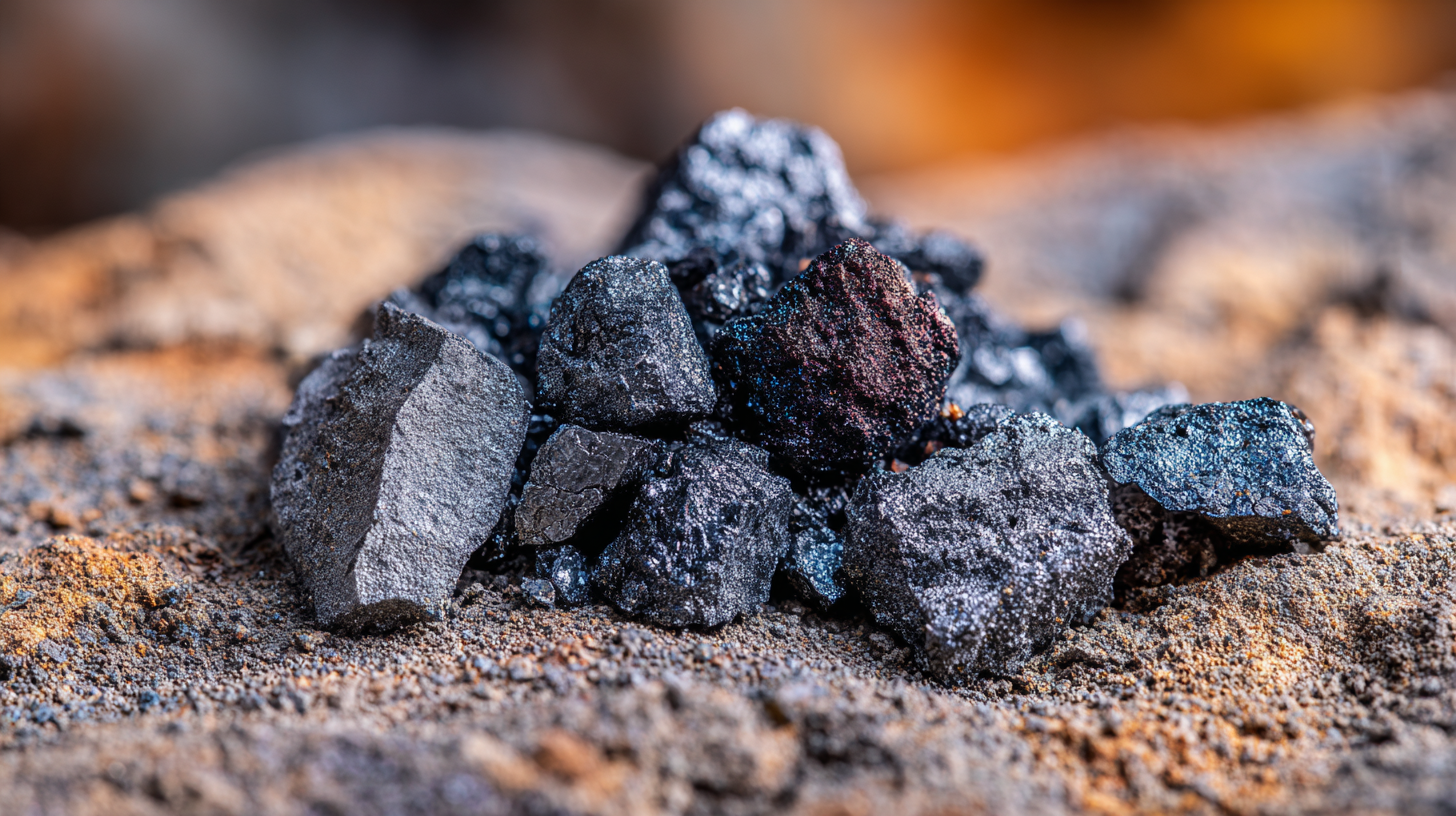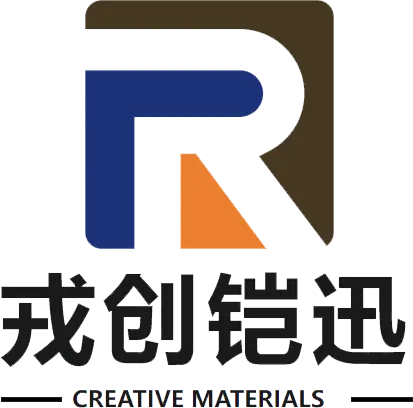Silicon carbide, often abbreviated as SiC, is a remarkable compound known for its impressive thermal and electrical properties, making it a game-changer in various industries. Understanding "Silicon Carbide Meaning" involves recognizing its role as a semiconductor that excels in high-temperature and high-voltage applications, redefining the standards of efficiency and performance. This blog aims to delve into the detailed technical specifications of the best silicon carbide products available on the market today. We will explore their benefits and provide a tutorial on how to effectively harness these advantages for enhanced performance in energy systems, electric vehicles, and other cutting-edge technologies. By unlocking the full potential of silicon carbide, engineers and manufacturers can achieve significant improvements in performance, sustainability, and cost-effectiveness, paving the way for innovations that will shape the future of technology.

Silicon carbide (SiC) is rapidly gaining recognition as a transformative material in various emerging technologies due to its exceptional properties. Characterized by a higher breakdown voltage, improved thermal conductivity, and enhanced operating frequency, SiC outperforms traditional semiconductor materials. These attributes make SiC particularly suitable for applications in power electronics, where efficiency and thermal management are critical. Recent advancements in the development of SiC ceramics and their nanoarchitectures have opened new avenues for functionality and performance in industrial applications.
The industrial market for SiC power modules is set to expand significantly, with projections indicating a rise from USD 1.2 billion in 2024 to USD 3.5 billion by 2033. This growth is driven by the increasing demand for more efficient power solutions in electric vehicles and renewable energy systems. Moreover, the shift from silicon to silicon carbide in advanced electronics is attributed to the material's ability to reduce switching losses by up to 90%, thereby enhancing overall system performance. The integration of SiC technology promises not only to revolutionize the electronics landscape but also to pave the way for innovative developments in sectors such as automotive and quantum technology.
| Property | Description | Advantages for Emerging Technologies |
|---|---|---|
| Wide Bandgap | Silicon carbide has a bandgap of about 3.26 eV. | Enables high-voltage, high-temperature, and high-frequency applications. |
| Thermal Conductivity | Excellent thermal conductivity (up to 3.3 W/cm·K). | Improves thermal management in devices, enhancing overall performance. |
| Mechanical Strength | High hardness and strong mechanical properties. | Provides durability and resistance to harsh conditions in devices. |
| Chemical Stability | Highly resistant to oxidation and corrosion. | Ensures longevity of components in various environments. |
| High Breakdown Voltage | Ability to withstand high electric fields without failure. | Suitable for power applications with reduced size and weight. |
 Silicon carbide (SiC) has emerged as a game-changer in power electronics and renewable energy applications, thanks to its superior electrical properties and thermal conductivity. In power electronics, SiC devices enable higher efficiency and faster switching speeds, making them ideal for applications such as electric vehicles and industrial motor drives. These devices are capable of operating at higher voltages, which significantly enhances system performance while minimizing energy losses.
Silicon carbide (SiC) has emerged as a game-changer in power electronics and renewable energy applications, thanks to its superior electrical properties and thermal conductivity. In power electronics, SiC devices enable higher efficiency and faster switching speeds, making them ideal for applications such as electric vehicles and industrial motor drives. These devices are capable of operating at higher voltages, which significantly enhances system performance while minimizing energy losses.
When integrating silicon carbide into your projects, consider the following tips: first, always ensure that your thermal management solutions are robust, as SiC components can operate at elevated temperatures. Secondly, take advantage of the high-frequency switching capabilities of SiC to optimize your circuit designs, ensuring they are not only efficient but also compact.
In the realm of renewable energy, SiC is revolutionizing solar inverters and wind turbine systems. The ability of SiC components to handle high power density and efficiency at various operational conditions boosts the overall energy conversion in these systems. For best results, it's crucial to select the right SiC devices for your application, focusing on the specific voltage and temperature requirements to maximize longevity and efficacy.
When selecting the best silicon carbide (SiC) materials for your specific needs, it’s crucial to consider the application environment and performance requirements. The demand for SiC has skyrocketed, driven by advancements in electric vehicles and renewable energy systems. According to a report by MarketsandMarkets, the SiC market is projected to grow from $1.24 billion in 2020 to $3.5 billion by 2025, showcasing its increasing significance in high-performance applications.
Evaluating the thermal conductivity, breakdown voltage, and switching speed of SiC materials is essential in identifying the optimal type for your project. For instance, high-purity SiC can achieve thermal conductivities over 200 W/mK, making it ideal for applications in power electronics where heat dissipation is crucial. Meanwhile, substrates with a lower defect density enhance the efficiency of power devices. Companies like Cree and Infineon are at the forefront, providing various SiC solutions that cater to specific industrial needs, ensuring designers can harness the full potential of this versatile material.
This bar chart illustrates the performance characteristics of various Silicon Carbide materials based on key parameters relevant for applications in power electronics and high-temperature environments.
Silicon carbide (SiC) is revolutionizing the semiconductor industry, driven by its impressive thermal conductivity, high breakdown voltage, and robustness against harsh environments. To fully leverage these advantages, manufacturers are exploring innovative processes that enhance SiC performance in modern devices. One such process involves improved crystal growth techniques, which lead to greater efficiency and purity of the material. Utilizing advanced epitaxial growth methods, producers can achieve higher-quality SiC wafers that enable faster switching speeds and higher thermal performance in power electronics.

Another transformative approach is the integration of SiC with other materials through hybrid structures. By combining SiC with organic or polymer-based substrates, designers can create lightweight and flexible devices without compromising performance. This hybridization not only improves heat dissipation but also expands the application scope of SiC in fields ranging from electric vehicles to renewable energy systems. With continuous advancements in manufacturing processes, the future of silicon carbide is poised for unprecedented growth, encouraging further exploration into its immense potential for enhancing modern technology.
The role of silicon carbide (SiC) in Industry 4.0 is becoming increasingly pivotal as supply chains evolve towards smarter and more sustainable energy solutions. With the global market for power MOSFETs projected to significantly grow between 2025 and 2035, their application in advancing smart technologies points to a broader trend where SiC is at the forefront of innovation. This demand for high-efficiency power devices is a direct response to the need for enhanced energy performance in various sectors including automotive, industrial automation, and renewable energy systems.
Emerging trends indicate that wide-bandgap semiconductors like SiC are reshaping power electronics by providing superior electrical energy efficiency compared to traditional silicon-based counterparts. Reports suggest that the market for high electron mobility transistors, a critical component of these systems, will see revenues surge from USD 7.10 billion in 2025 to around USD 13.08 billion by 2033. As industries harness these technologies, Silicon Carbide stands out due to its ability to operate at higher voltages and temperatures, making it essential for the future of high-performance applications across sectors driven by Industry 4.0 and beyond.
